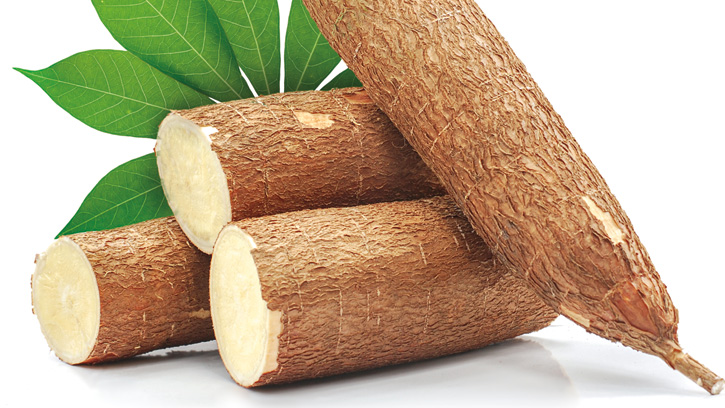Fermentation’s Superpower Bacteria
Science Forward | RESEARCH
A fresh cabbage has but a brief shelf life. Turn it into sauerkraut or kimchi, however, and the process of fermentation expands that shelf life for months.
We’ve been using fermentation to preserve foods since approximately 10,000 BCE. Vegetables, dairy, and alcohols are processed using fermentation, which transforms the tastes and textures of food. Research also links eating fermented foods with gut health.
Lactic acid bacteria and acetic acid bacteria are commonly used in fermentations, but new review research examined another possible option: Bacillus. “Bacilli can do things that other fermentation organisms don’t do or don’t do that well,” says Michael Gänzle, professor of food microbiology and probiotics with the Agricultural, Food, and Nutritional Science Department at the University of Alberta.
Fermentation’s Many Forms
Gänzle, an IFT member, has been putting together a periodic table of fermented foods for a global overview of what is fermented and how it’s fermented, and that, he says, got him interested in unusual fermentations. “Different areas of the world have a very different approach to fermenting things, partially because they grow different crops,” he says.
And that led to Bacillus. Bacillus species are commonly used in fermentation in South America, Asia, and Africa, but much less so in Europe and North America, says Gänzle. Gänzle and his fellow researchers described Bacillus species as an “underappreciated group of bacteria” in their paper, published in Current Opinion in Food Science. They examined bacteria species of the genus to better understand their unique value and benefits.
“They’re under the radar of people working in Europe or North America because we tend not to recruit bacilli for food fermentations,” he explains. “But in East and South Asia, in Africa, and in South America, they’re quite common. In Asia more for proteolysis during soy fermentations, and in Africa and South America, more commonly for fermentation of cassava and yams.”
To understand how bacilli are traditionally used, Gänzle and his colleagues took a look at the major processing methods of soy and legumes, tubers and roots, vanilla, cereals, and fish. They included foods like gochujang, a traditional condiment from South Korea that is fermented for up to a year, and natto, fermented soybeans from Japan.
Bacillus plays an important role in producing vanilla’s signature flavor. This results from an incubation step during the vanilla bean curing process, where high temperatures prompt the growth of Bacillus species (a step also referred to as “sweating”). “Bacillus species start to grow and produce enough beta-glucosidase to hydrolyze the beta-glucoside and to get the vanilla flavor,” says Gänzle.
In some cases, Bacillus is a crucial step in food safety. Cassava is a root native to South America, and it contains cyanogenic glycosides. Those release cyanide during digestion, so it must be processed to make it safe to eat. Fermentation is the best way to do that, says Gänzle. “The cyanogenic glycosides are hydrolyzed during fermentation, and then the cyanide disappears before it’s eaten,” he explains.
There are species, like Bacillus cereus and Bacillus anthracis, that have rightly fearsome reputations, the former as a major cause of food poisoning and the latter as causing fatal infectious disease. However, when Gänzle and a colleague investigated the genetic relationships between various bacilli, they found that there’s a clear separation between the organisms that are safe to use and those that are not. “I was surprised to find that the foodborne pathogenic bacilli are completely separated from the organisms that are most frequently found in food fermentations,” he says.
One potential use of these species is for plant-based proteins like meat analogues and vegan cheese formulations that require fermentation. Another is for making clean-label foods. For example, could a Bacillus ferment be used in a commercially produced bread to replace commonly used industrial enzymes? The researchers are continuing their investigation into the wonders of Bacillus in applications where they are not currently used.


